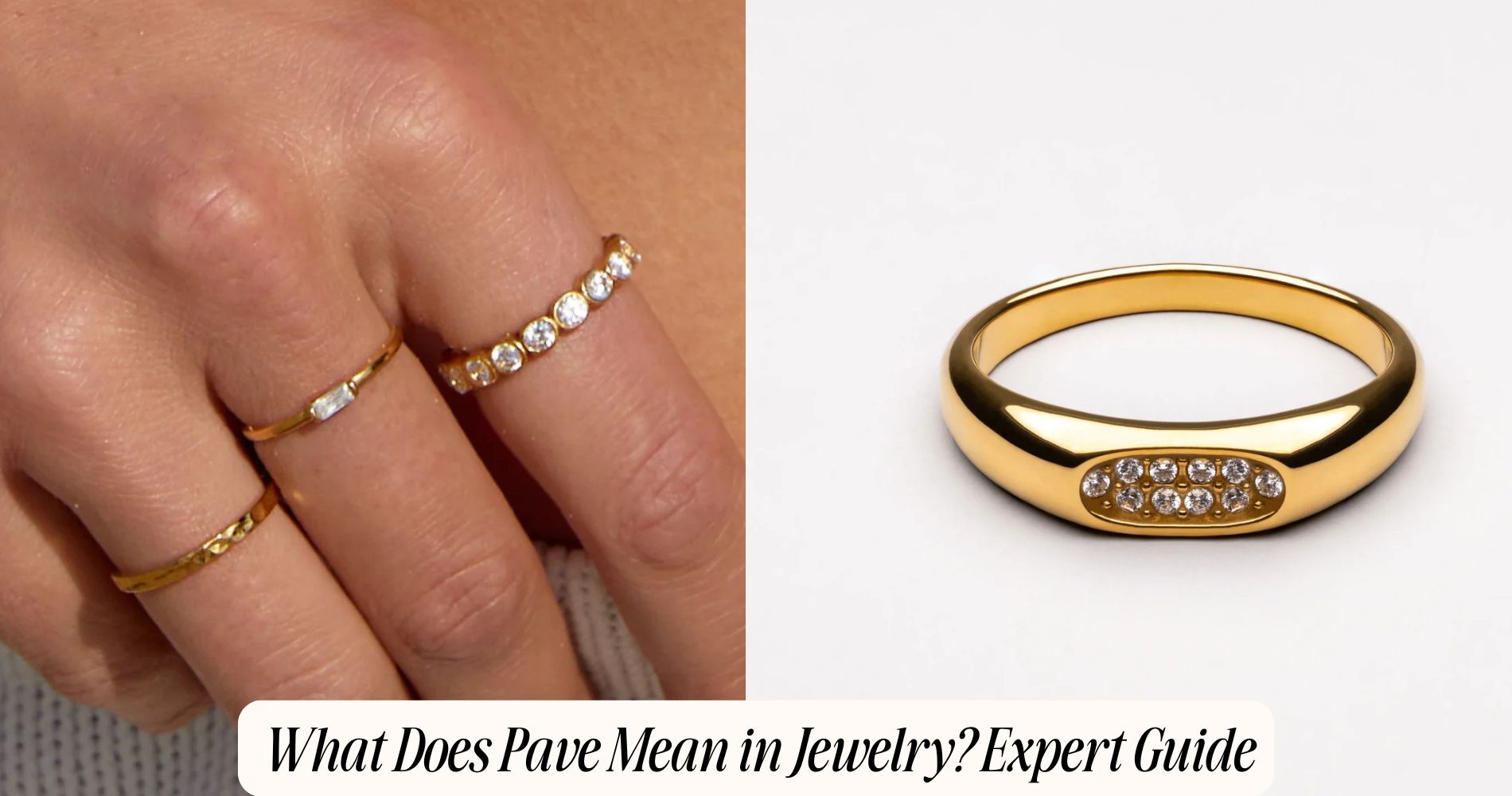
What Does Pave Mean in Jewelry? Expert Guide
What does pave mean in jewelry? It refers to a setting style where tiny gemstones—often diamonds—are set closely together with minimal visible metal, creating a seamless, shimmering surface. Skilled jewelers drill tiny holes and secure each stone with delicate beads or prongs to enhance brilliance and value. Originating in 18th-century France, this timeless technique brings elegance and versatility to rings, bracelets, and more. If you’re looking for stylish yet durable designs, explore our waterproof jewelry collection for pieces made to shine every day. Keep reading to discover the best pavé styles, settings, and care tips.
Definition of Pave in Jewelry
Pavé, a French word meaning "paved," refers to a jewelry setting technique where small gemstones—typically diamonds—are set closely together across the surface of a piece, creating a continuous, sparkling effect that resembles a cobblestone road.
When you select jewelry with pavé, you’re choosing a style where jewelers use precise pave techniques, placing each stone in tiny holes drilled into the metal and securing them with minimal prongs or beads.
This meticulous method maximizes the visible surface of each pave gemstone, enhancing brilliance and fire. The result is an elegant, seamless field of light that adds significant value to rings, bracelets, or pendants.
Pavé settings are ideal if you want maximum sparkle without the dominance of larger stones.
History and Origins of the Pave Setting
Although jewelry artisans have adorned precious metals with gemstones for centuries, the pave setting as we recognize it today developed in 18th-century France.
You'll notice its name comes from the French word “pavé,” meaning “paved,” reflecting how tiny gemstones are set closely together, like cobblestones, across the metal’s surface.
This innovation built on ancient techniques of bead and grain settings, but elevated visual brilliance and uniformity. By minimizing visible metal, the pave setting maximized the display of gemstones—boosting both shimmer and perceived value.
In historical context, gemstone symbolism played a major role; diamonds and colored gems set in pave were often chosen for their associations with wealth, eternity, or protection.
Understanding this evolution enriches your appreciation of the artistry and intention behind modern pave jewelry.
How Pave Settings Are Made
Once you examine the construction of a pave setting, you'll notice it demands both technical precision and artistic judgment.
Jewelers start by carefully preparing the metal surface, creating tiny holes or divots for each individual stone. Using advanced pave craftsmanship techniques, they hand-select uniform stones to guarantee a consistent sparkle.
Next, they execute meticulous pave stone placement, setting each gem closely together for a seamless, continuous effect. Fine beads or prongs of metal are then raised and pressed over the stones’ edges, securing them without overwhelming their brilliance.
Throughout this process, jewelers inspect alignment, symmetry, and stability, maximizing the visual impact and durability of the setting. This detailed approach enhances the perceived value and brilliance of your finished jewelry piece.
Types of Pave Settings
Several distinct types of pave settings offer unique visual effects and functional advantages for fine jewelry.
You’ll encounter classic pave, where small stones are set closely with minimal metal visibility, maximizing brilliance.
Micro pave uses even smaller stones and advanced pave techniques, resulting in a delicate, high-luxury appearance.
French pave, or cut-down pave, features V-shaped grooves that expose more of the stone’s sides, enhancing light reflection.
Bright cut pave styles use engraved channels around the stones, adding a defined, graphic edge.
Shared prong pave techniques, where two stones share a single prong, reduce metal presence while securing gems.
Each style lets you tailor jewelry aesthetics and value, balancing sparkle, durability, and metal visibility according to your preferences and the piece’s design intent.
Popular Jewelry Pieces Featuring Pave
From engagement rings to statement earrings, pave settings elevate a wide range of jewelry pieces with continuous sparkle and refined texture.
When you choose pave rings, you’re opting for a band meticulously set with closely spaced accent stones. This technique maximizes surface brilliance, making even modest center stones appear larger and more radiant.
Pave earrings, including hoops and studs, showcase intricate rows of micro-set diamonds or gemstones, creating a seamless flow of light. You’ll also find pave detailing in tennis bracelets and delicate pendants, where it adds elegance without overwhelming the design.
Pave Settings vs. Other Stone Settings
While pave settings bring continuous sparkle and sophistication to many jewelry pieces, it’s helpful to understand how this technique compares to other popular stone settings.
In a pave design, jewelers set small stones closely together with minimal visible metal, creating a surface that appears paved with gems. This contrasts with prong settings, where metal claws hold each stone, showcasing more of the individual gem.
Bezel settings completely encircle each stone in metal, offering maximum security but less brilliance. Channel settings secure stones between two strips of metal, ideal for straight-line arrangements.
Pave craftsmanship demands precision, as each stone must be meticulously placed and aligned. If you’re drawn to seamless sparkle and refined artistry, pave design stands out among these classic alternatives.
Advantages of Choosing Pave Jewelry
Because pave jewelry features rows of closely set stones with minimal visible metal, it delivers exceptional brilliance and a continuous sparkle that instantly elevates any piece.
You benefit from substantial sparkle enhancement, as the densely packed gemstones maximize light reflection across the entire surface. This technique allows even smaller stones to create a high-end, luxurious effect, making your jewelry look more valuable without the premium expense of large center stones.
Pave settings also offer remarkable design versatility. You can choose from intricate patterns, delicate bands, or bold statement pieces, all while preserving a refined and consistent shimmer.
The flexible nature of pave lets you personalize rings, bracelets, earrings, and pendants to match your style. Ultimately, pave jewelry combines superior radiance with diverse, customizable design options.
Care and Maintenance Tips for Pave Jewelry
Although pave jewelry dazzles with its intricate sparkle, it does require attentive care to preserve its brilliance and structural integrity.
You should avoid exposing pave settings to harsh chemicals and abrasive surfaces, as these can loosen the tiny prongs securing the stones.
For ideal cleaning techniques, soak your jewelry in a solution of mild dish soap and warm water, then gently brush with a soft-bristle toothbrush. Rinse thoroughly and pat dry with a lint-free cloth.
Schedule regular professional inspections, as jewelers use specialized magnification to check for loose or missing stones. Prompt stone replacement is essential to prevent further loss or damage.
Common Myths About Pave Settings
Proper care extends the life of your pave jewelry, but it's equally important to separate fact from fiction when considering this intricate setting style.
One of the most common pave myths is that these settings are inherently fragile and prone to losing stones. In reality, a well-crafted pave setting uses secure prongs or beads to hold each gem in place, providing durability when treated respectfully.
Another prevalent pave misconception is that pave jewelry always costs less due to the use of smaller stones. However, the labor-intensive process of setting each individual gem can actually increase craftsmanship value.
Finally, some believe pave settings lack versatility, but you’ll find them enhancing everything from engagement rings to fashion pieces, offering both brilliance and adaptability to suit your style.
What to Look for When Buying Pave Jewelry
When evaluating pave jewelry, scrutinize the craftsmanship and setting quality to verify each stone sits securely and evenly.
Examine the prongs or beads holding the stones—these should be uniform, without excess metal obscuring the gems. For quality assessment, check that the stones align seamlessly and exhibit minimal gaps, which signals expert workmanship and lasting durability.
Inspect the metal for smooth finishing, as rough surfaces may indicate rushed production.
Consider design considerations carefully: the metal type, stone size, and ring width should create a cohesive look, enhancing brilliance without overcrowding.
Opt for reputable retailers that provide detailed specifications and clarity on stone grading.
Don’t overlook comfort—smooth interiors and secure settings will guarantee the jewelry is both beautiful and wearable for years to come.
Frequently Asked Questions
Can Pave Settings Be Resized or Adjusted After Purchase?
You can pursue pave resizing options, but it's complex due to the delicate stones. Jewelers use specialized pave adjustment techniques to minimize risk. Always consult a skilled professional to guarantee your piece maintains value and structural integrity.
Are Pave Settings Suitable for Everyday Wear?
You should consider pave durability concerns when choosing jewelry for everyday wear. While pave settings offer stunning sparkle, their small, exposed stones can loosen over time. Prioritize everyday wearability factors like secure settings and regular maintenance to protect your investment.
Do Pave Settings Use Only Diamonds or Other Gemstones Too?
You’ll find pave settings don’t use just diamonds—pave gemstones include sapphires, rubies, and more. These pave styles let you personalize your jewelry, optimize brilliance, and maximize value by blending various gemstones for unique, eye-catching designs.
How Do You Pronounce "Pave" in Jewelry Terms?
When you use precise jewelry terminology, remember that "pave" is pronounced pah-vey, not "pave" as in "paving stones." These pave pronunciation tips help you communicate accurately and professionally when discussing fine jewelry settings with others.
Are Pave-Set Rings More Expensive to Insure?
You'll often find pave-set rings more expensive to insure because pave insurance considers the increased risk of losing small stones. Accurate pave valuation is essential, as multiple gemstones and intricate settings greatly impact replacement costs and coverage requirements.
Conclusion
When you choose pave jewelry, you’re embracing both artistry and brilliance. You now know how skilled setters create these sparkling surfaces, why the technique endures, and what sets each type apart. You’ll appreciate the visual impact and value pave settings add to rings, bracelets, and more. Remember to inspect craftsmanship, maintain your pieces properly, and don’t fall for common myths. By understanding pave, you’re empowered to make informed, confident decisions when adding sparkle to your collection.







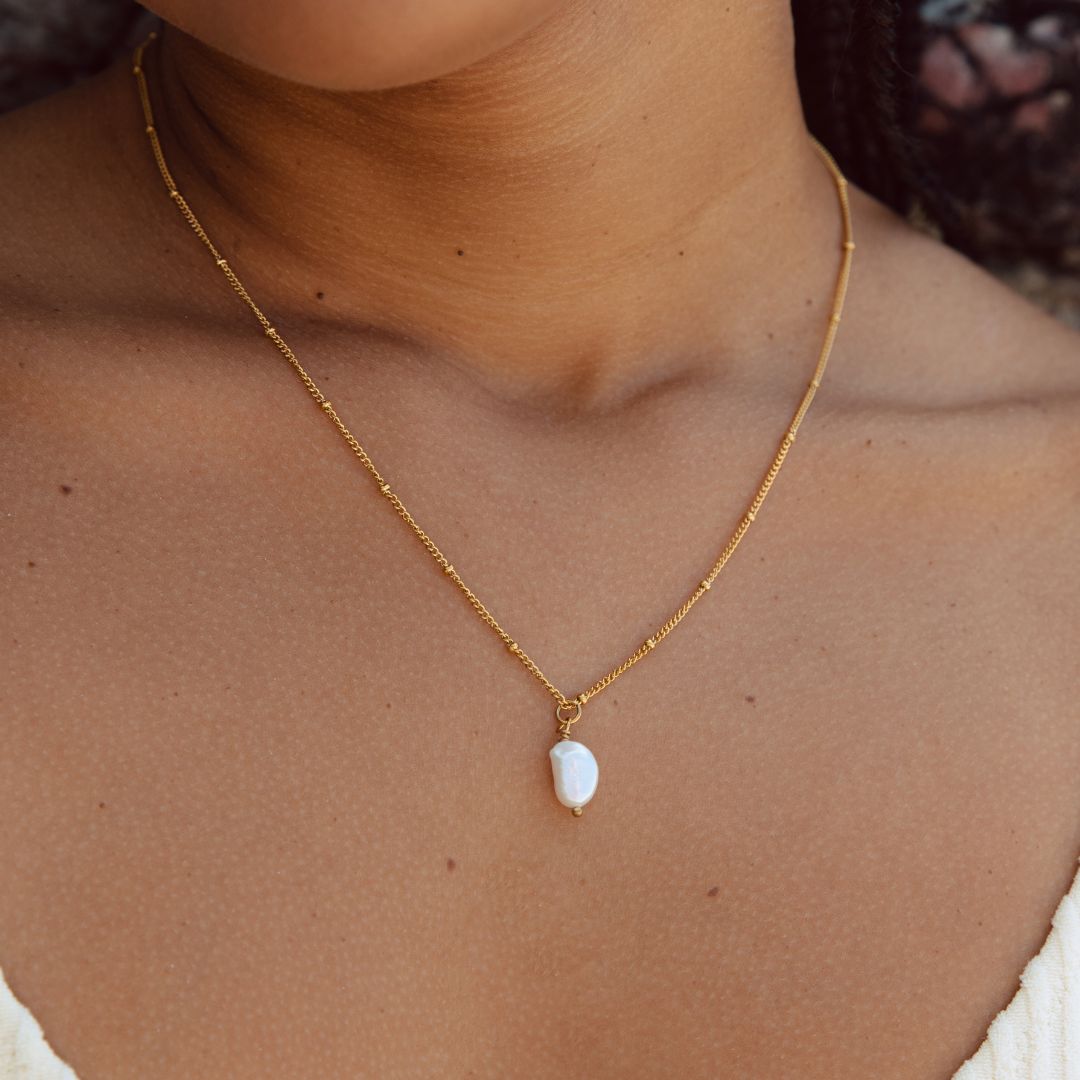

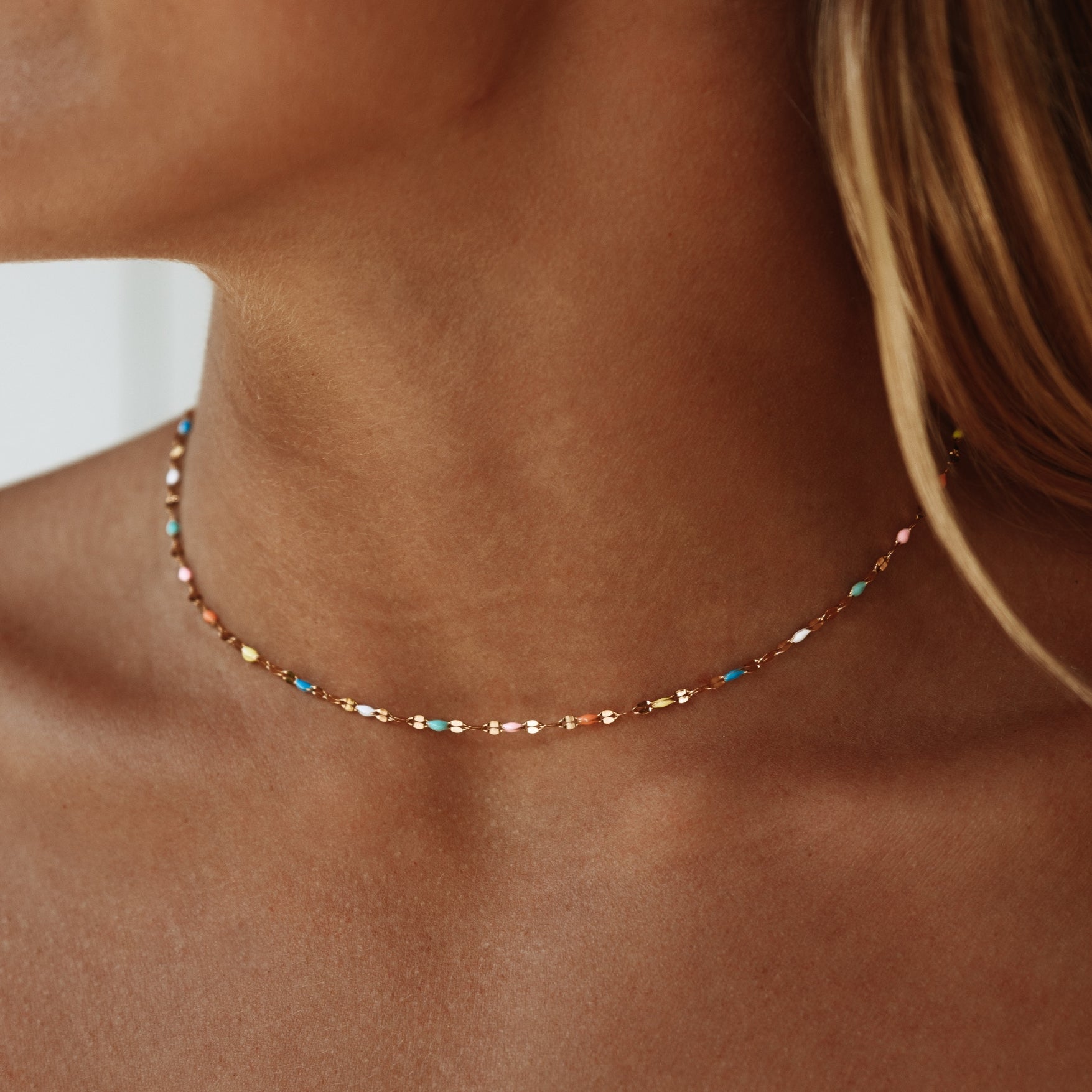


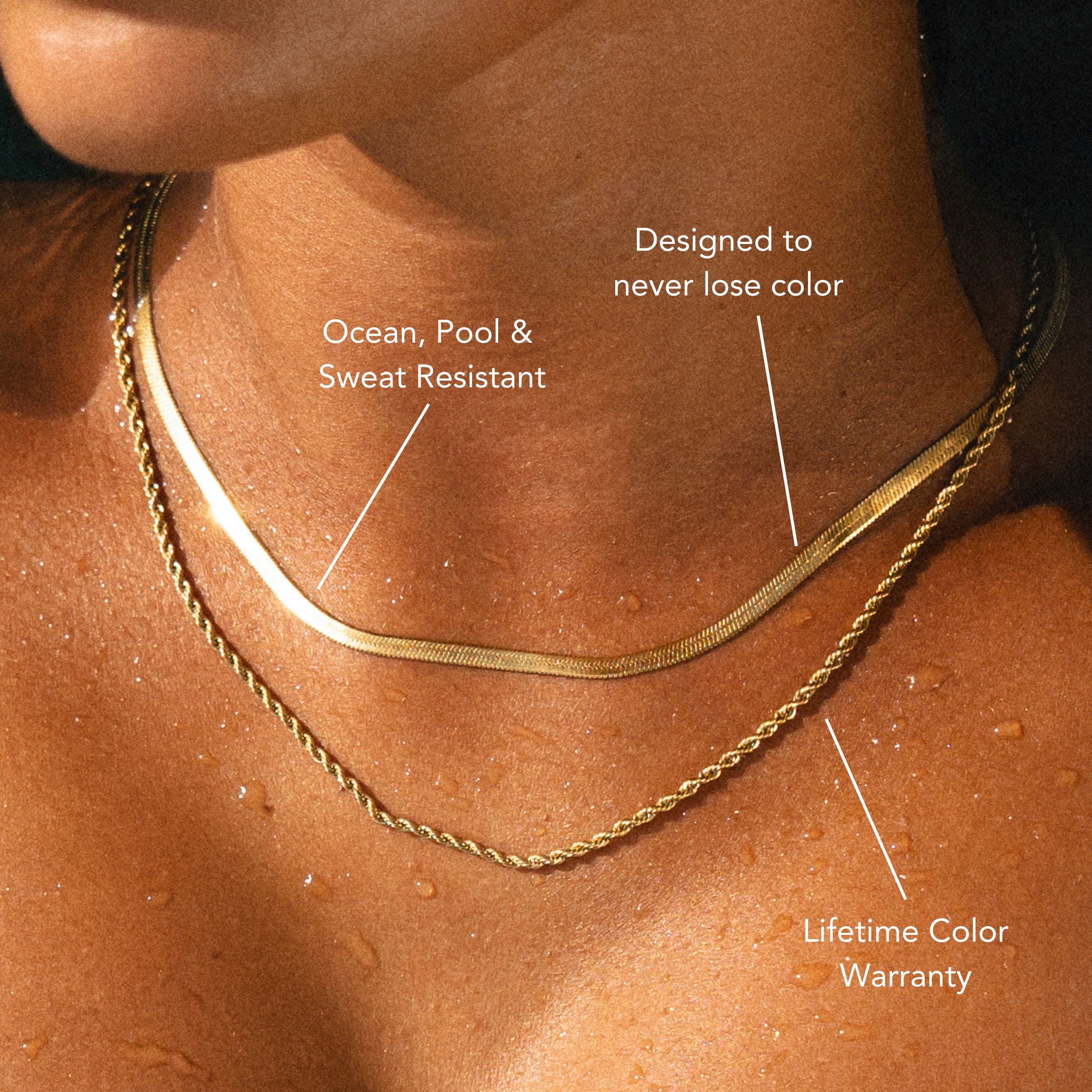
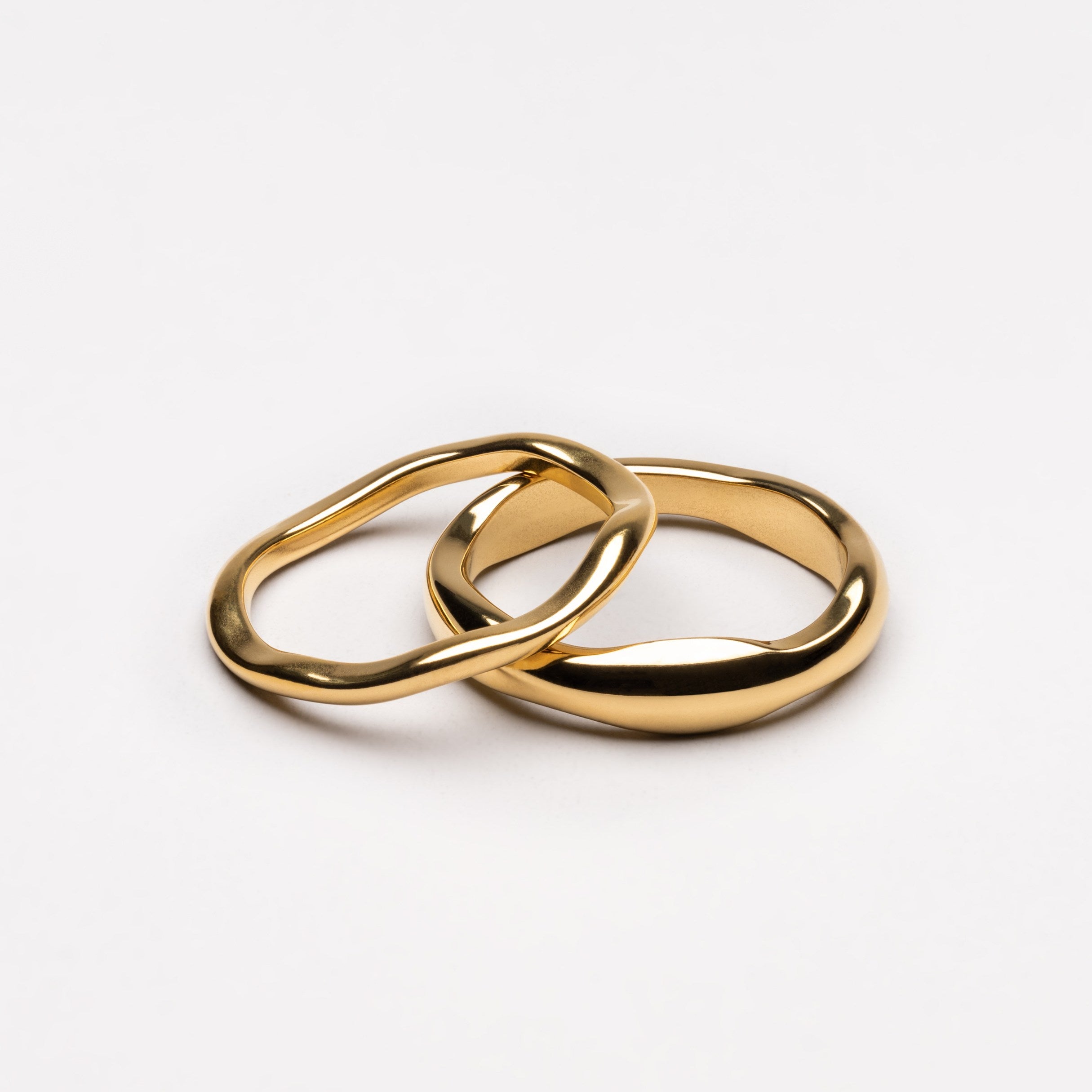
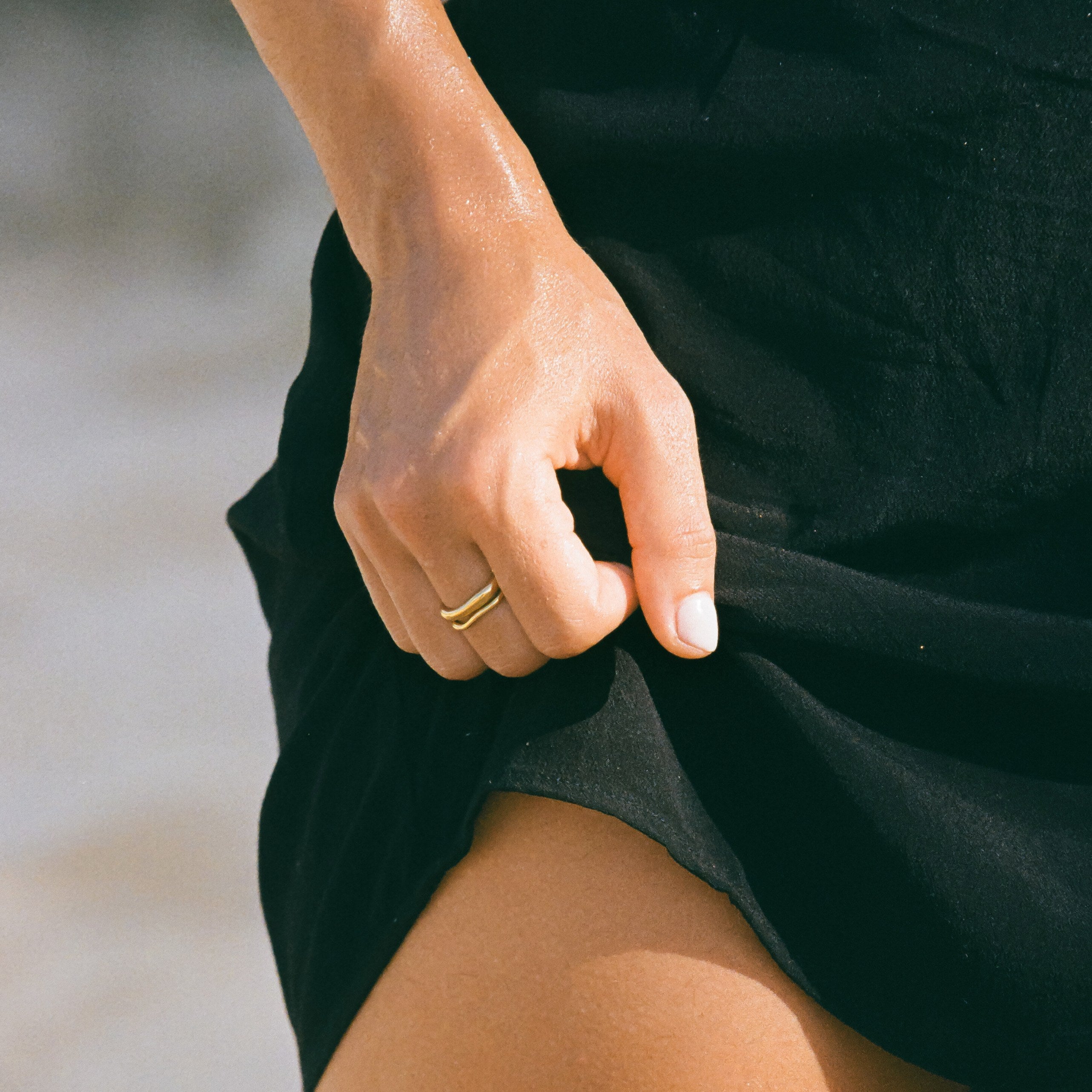

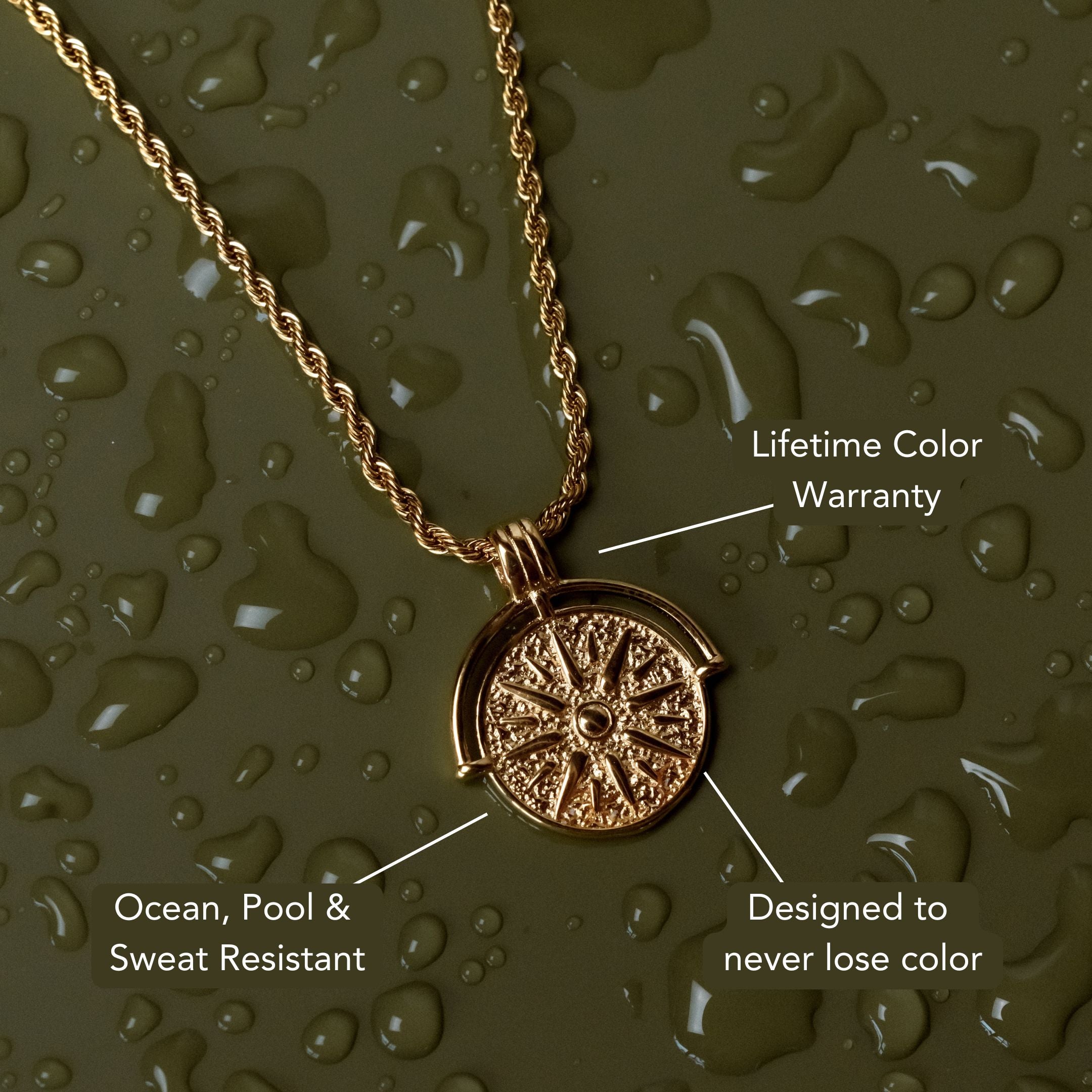
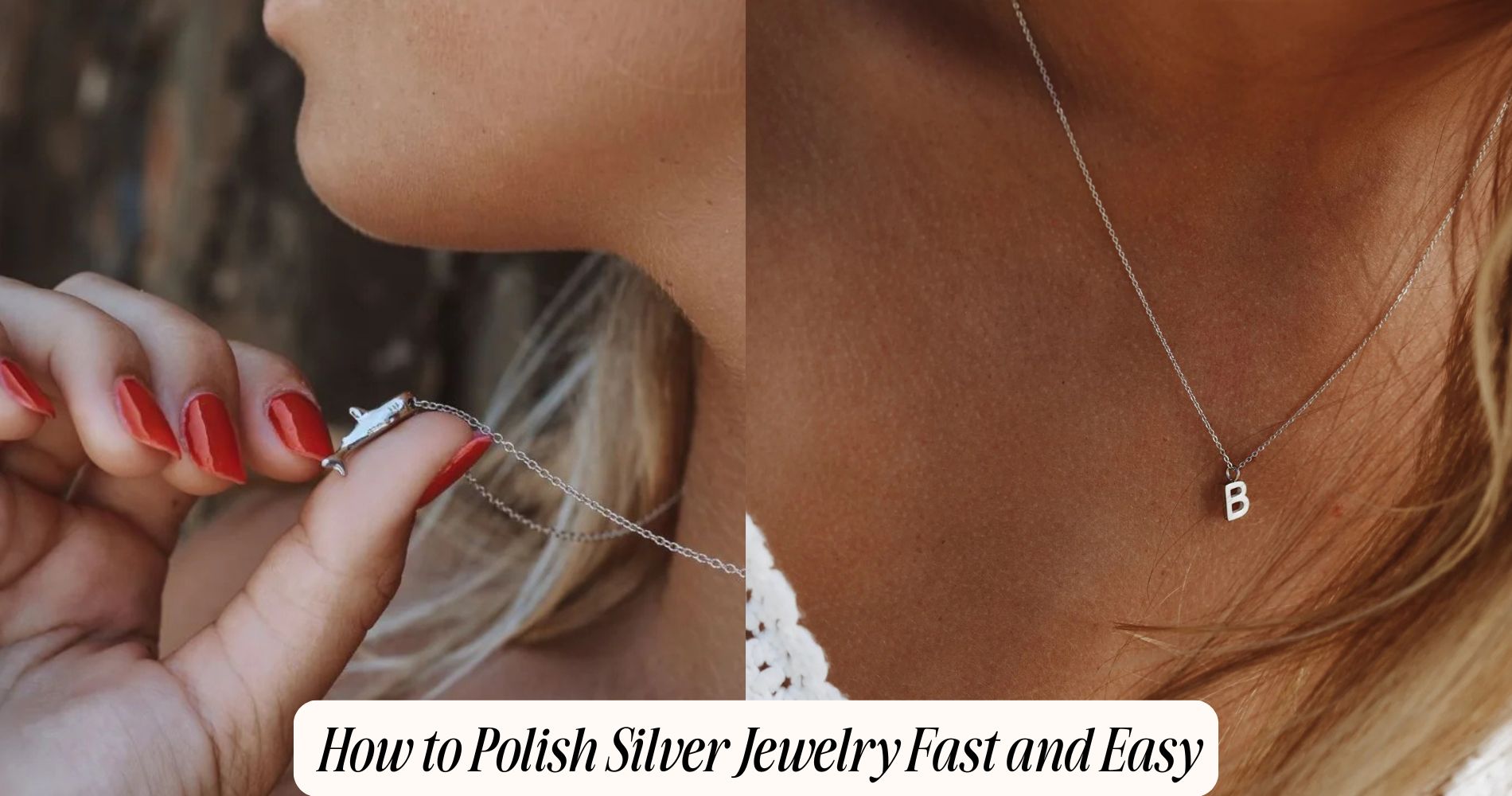





Leave a comment
This site is protected by hCaptcha and the hCaptcha Privacy Policy and Terms of Service apply.